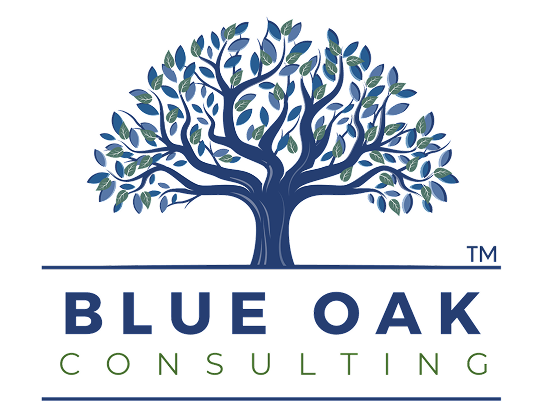Profitability isn’t just about survival. It’s about momentum, leverage, and smart control of your business.
Let’s get something straight: profit isn’t what’s left over.
It’s not the scraps you get after payroll, rent, and materials are clear.
It’s not what your accountant tells you six weeks after quarter close.
Profit is your signal. Your weapon. Your fuel.
And too many small manufacturers aren’t hearing it because they’re too deep in the noise of daily operations.
This is your guide to fixing that.
Start with This: What Does Profit Really Look Like?
You’ve got to go deeper than “we made money last month.”
These are the numbers that matter:
- Gross margin → Are you pricing correctly vs. your actual costs?
- Net margin → Are you scaling sustainably or leaking dollars somewhere?
- Return on assets → Is your equipment earning its keep?
Tracking these isn’t just for the CFO. It’s for anyone trying to make decisions that actually move the business forward.
According to industry benchmarks, manufacturers typically aim for gross margins between 25–35% and net profit margins of 5–10%, depending on their business model and cost structure. Companies that consistently monitor metrics like net margin and return on assets tend to outperform peers in both financial and operational efficiency. A recent overview by Vena Solutions offers a helpful breakdown of average profit margins across industries—providing useful context for small manufacturers aiming to stay competitive.
Step One: Cut Waste Before It Cuts Into Your Profit
Lean manufacturing isn’t some Six Sigma buzzword. It’s how smart shops protect profit without cutting corners.
Start with:
- Redundant steps in your workflow
- Inventory waste (either too much or too little)
- Quality issues that kill time and scrap materials
- Over-reliance on one or two “all-star” team members (hint: that’s a risk)
You don’t need to revamp your whole floor. Small, repeatable process tweaks drive margin gains over time.
Step Two: Use the Right Tech to Work Smarter
ERP. IoT. Automation.
You’ve heard the acronyms. But here’s what they do in plain terms:
- Connect your data so you don’t fly blind
- Reduce errors and double-entry work
- Help your team make faster, better calls with less chaos
Example: One client who couldn’t track job costing by customer implemented a simple ERP system and discovered that 20% of their orders were losing money. That fix alone paid for the system in 6 months.
Step Three: Don’t Just Watch Your Finances—Work Them
You need to be forecasting cash flow before you feel tight.
And not just watching your bank balance like it’s a mood ring. We’re talking:
- Weekly cash flow forecasts
- Break-even analysis for every product line
- Understanding your true working capital needs (and how to protect them)
Also—if you don’t know your EBITDA, your lender does. And you should too.
Step Four: Growth Only Works if Your Margins Do
Growth doesn’t fix bad margins. Smart positioning does.
Ask:
- Are we in a commodity race to the bottom, or are we charging based on value?
- Are we chasing every customer or the right customer?
- Are we locked into one market, or can we diversify smartly?
Diversifying isn’t just about launching new SKUs. It’s about matching new products to existing capability so your margins grow with you.
What This Looks Like in Action
Here’s how to turn strategy into systems:
✔ Run a profitability audit
Break down your revenue streams. Which ones are keeping you alive, and which ones are quietly draining you?
✔ Cut one inefficient process this quarter
Start small. Fix what’s broken before you add new complexity.
✔ Build your margin dashboard
Set it up once. Review it every Friday. This is your financial pulse.
✔ Pilot one market expansion or product diversification
Keep it lean, test fast, and look for crossover value in what you already do well.
Profit is Not the Enemy of Purpose
You’re not greedy for wanting to make more money.
You’re responsible.
Because profitability isn’t just about keeping the lights on. It’s about giving your team stability, reinvesting in better systems, and earning the right to grow.
So go on—chase margin. Refine your ops. Position yourself like a company that expects to be here 10 years from now.
👉 Learn more at blueoakconsulting.net





